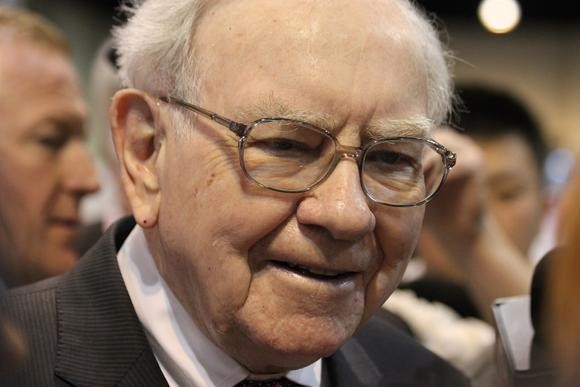Important Things You Need to Know About Preferred Stock
Post on: 16 Март, 2015 No Comment

Corporations issue preferred stocks to raise cash. Although you buy or sell them the same way you trade regular stocks, preferreds are more like bonds than common stocks. Investors buy them for the steady dividends, which typically equate to 4% to 8% yields. Most preferreds pay dividends quarterly.
Unlike common stocks, you’re won’t enjoy much share price appreciation if your company comes up with a hot product. Further, in most cases, the dividend never goes up either.
The term “preferred” means that a firm must pay the dividends due on its preferred shares before it pays any common stock dividends. Also, in theory, if a company goes bankrupt, preferred holders have priority over common stock shareholders. However, when a company fails, both common and preferred shareholders usually get nothing.
Finally, another meaningless distinction: unlike common stock holders, preferred shareholders don’t get to vote on company proposals. But, in fact, individual common shareholders have almost no influence on any corporations policies
What’s the Appeal?
A preferred share is like a hybrid between a common stock and a bond. When you buy preferred shares, you own a piece of the company and in exchange receive fixed dividend payments, which are set at issuance, along with the par value of the preferred stock.
The main benefits of owning preferred shares are:
View photo
Preferred Stock ETFs
•Tax-efficient yield: unlike a bond, the payments you receive are dividends and therefore taxed at a preferential rate to interest income.
•Predetermined dividend rate: With a preferred share you know what the dividend is. Unlike a common share where the dividend rate can be changed at any time, with a preferred share all provisions are laid out at issuance so you know your expected return. It is important to note though that there are different types of preferred shares. “Rate Reset” preferreds pay a fixed dividend up to the reset date, at which point the company can implement a new rate that will remain in effect until the next reset day [see Visual Guide To Investing In Preferred Stock ETFs].
•Diversification: Preferred shares typically have a low correlation with bonds and common stocks since they are hybrid of the two.
•Higher Capital Structure Rank: In the event the company goes insolvent, preferred shareholders rank higher than common shareholders in their right to liquidation proceeds. Preferred shareholders are also paid out their dividends before common equity holders receive theirs. This provides more security than common shares.
•Lower Volatility: Preferred shares typically trade around the par value, making them less volatile than common stock, but more volatile than bonds. Preferreds represent the middle ground between bonds and common stock.
The main drawbacks are that capital appreciation is likely to be lower than what is available in the common equity market, and preferred shareholders don’t receive voting rights.
ETFs offer a way to own a basket of preferred shares, which provides more diversification than just owning a single stock, and is more efficient than buying multiple stocks. The iShares S&P 500 US Preferred Stock Index Fund (PFF) and the PowerShares Preferred Portfolio (PGX) are two of the largest and most popular ETFs in the space.
Interest Rates Matter
Like a bond, interest rates have an inverse effect on the price of preferred shares. When interest rates rise, this puts downward pressure on the price. When interest rates fall, this puts upward pressure on the price of preferred shares. This is because the dividend payment is fixed, so if interest rates rise, the price will fall so that the new yield on the security is market competitive. Similarly, when interest rates fall, the price will rise to reduce the yield and once again make it market competitive [see 10 Questions About ETFs You’ve Been Too Afraid To Ask].
As Mariela Jobson–Vice President and portfolio manager at iShares–points out though, preferred shares are a hybrid; therefore you can’t expect the same direct price-to-interest rate relationship that’s seen in the bond market. Like common stock, a rosy outlook and rising interest rates due to a strong economy may also help bolster preferred shares, somewhat offsetting the negative price effect of rising interest rates.
The current Federal Reserve policy has been to keep rates low. The current target rate midway through 2013 is 0 to 0.25%, and has been since late 2008. The low yield offered in money market instruments has increased the popularity of higher yielding preferred shares. Preferred shares are likely to continue to hold prominence in a low interest rate environment, but will decline if interest rates are forced up. Unlike bonds though, preferred share ETFs are a hybrid, and therefore will likely be less negatively affected by rising interest rates.
Not All Preferred Stock ETFs Offer High Yields
One of the key benefits of preferred shares are that they typically offer attractive yields, but not all ETFS actually deliver on that.














